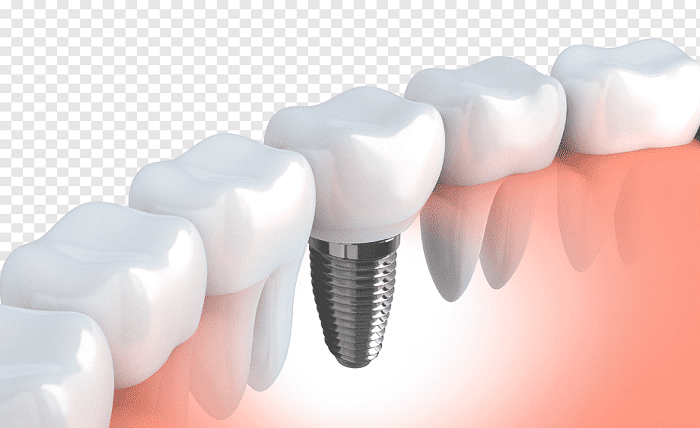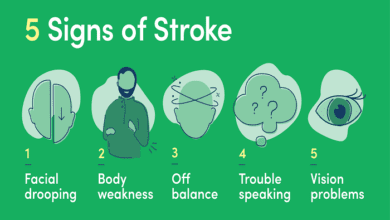Dental 3D Models: Revolutionizing Dentistry with Precision and Efficiency

In recent years, the field of dentistry has undergone remarkable advancements, thanks to the integration of 3D modeling technology. Dental 3D models have become an indispensable tool for dental professionals, transforming the way they diagnose, plan treatments, and engage with patients. This article explores the realm of dental 3D models, their applications, benefits, and how they have revolutionized modern dentistry.
What are Dental 3D Models?
Dental 3D models refer to the three-dimensional representations of a patient’s oral structures, including teeth, gums, and jawbone. These digital models are created using advanced imaging techniques, providing detailed and accurate visualizations of the patient’s oral cavity.
Understanding 3D Modeling in Dentistry
In traditional dentistry, two-dimensional X-rays were commonly used for diagnostics. However, these images had limitations, and the interpretation was not always clear. Dental 3D models overcome these challenges by offering a comprehensive view of the patient’s oral anatomy, enabling dentists to make more informed decisions about treatment plans.
Benefits of Dental 3D Models
Improved Treatment Planning
Dental 3D models play a crucial role in treatment planning. Dentists can examine the digital models to assess the patient’s oral health and identify any underlying issues. This comprehensive evaluation allows for the development of personalized treatment plans tailored to each patient’s unique needs.
Enhanced Communication with Patients
One of the significant advantages of dental 3D models is the ability to communicate effectively with patients. The visual representation of their oral structures helps patients understand their conditions better and comprehend the recommended treatments. This enhanced communication fosters trust and increases patient satisfaction.
Customized Prosthetics and Restorations
Dental 3D models facilitate the creation of highly customized prosthetics and restorations. The digital models aid in designing dental crowns, bridges, and implants with unparalleled precision, ensuring a perfect fit and natural appearance.
Dental Education and Training
Dental students and professionals benefit greatly from using 3D models for education and training purposes. The interactive nature of these models allows students to practice various dental procedures in a risk-free virtual environment, enhancing their skills and competence.
The Process of Creating Dental 3D Models
The creation of dental 3D models involves several key steps, each contributing to the accuracy and quality of the final model.
Intraoral Scanning
The first step in creating a dental 3D model is the use of intraoral scanners. These handheld devices capture detailed images of the patient’s oral structures, including teeth, gums, and surrounding tissues. The scanner creates a digital impression, which serves as the foundation for the 3D model.
Digital Imaging
Once the intraoral scanning is complete, the collected data is processed using specialized software. The software converts the images into a digital 3D model, rendering it on a computer screen. This model serves as a detailed representation of the patient’s oral anatomy.
3D Printing
In some cases, physical 3D models are required for treatment planning or patient education. 3D printing technology allows dentists to create tangible models from the digital data. These physical replicas offer a hands-on approach, enabling dentists to gain a deeper understanding of the patient’s condition.
Applications of Dental 3D Models
Dental 3D models have a wide range of applications in modern dentistry, enhancing various dental procedures and treatments.
Implant Placement
The use of 3D models is invaluable in implant dentistry. Dentists can precisely plan implant placement, ensuring optimal positioning and stability. This approach significantly improves the success rate of dental implants.
Orthodontics
Orthodontic treatments, such as braces and aligners, benefit from 3D models. Dentists can visualize the patient’s teeth alignment and plan the most effective orthodontic treatment to achieve desired outcomes.
Prosthetics and Restorations
When crafting dental crowns, bridges, or dentures, dental 3D models help in achieving a seamless fit and natural appearance. The digital design allows for meticulous adjustments, resulting in highly functional and aesthetic restorations.
Oral Surgery
In complex oral surgeries, such as impacted wisdom tooth extraction or jaw realignment, 3D models assist in preoperative planning. Surgeons can evaluate the best approach and anticipate potential challenges, leading to safer and more successful procedures.
Treatment Simulation
Dental 3D models enable dentists to simulate the effects of various treatments. Patients can preview the potential results of cosmetic treatments or smile makeovers, helping them make well-informed decisions.
Advancements in Dental 3D Printing Technology
The field of dental 3D printing has seen remarkable advancements, enhancing the efficiency and accessibility of the technology.
Materials Used
The materials used for 3D printing in dentistry have evolved significantly. From biocompatible resins to metal alloys, these materials offer strength and durability, ensuring the longevity of dental restorations.
Speed and Accuracy
With technological advancements, 3D printing has become faster and more accurate. Dental professionals can now obtain physical models and restorations in a fraction of the time it used to take with traditional methods.
Cost-Effectiveness
While the initial investment in 3D printing technology may seem significant, the cost-effectiveness of the technology becomes evident in the long run. Reduced material waste and enhanced treatment efficiency contribute to overall cost savings.
Addressing Concerns and Limitations
While dental 3D models offer numerous benefits, it is essential to address some concerns and limitations associated with the technology.
Accuracy and Precision
Although dental 3D models are highly accurate, occasional discrepancies can occur during scanning and data processing. Dentists must exercise clinical judgment and validate the digital model’s accuracy before proceeding with treatments.
Regulatory Considerations
As with any technological advancement, there are regulatory considerations. Dental professionals must adhere to the relevant guidelines and standards when using 3D models for diagnostic and treatment purposes.
Data Security
The digital nature of dental 3D models raises concerns about data security and patient privacy. Dental practices must implement robust security measures to protect sensitive patient information.
Future Prospects of Dental 3D Models
The future of dental 3D models is promising, with ongoing research and development enhancing their capabilities further. As technology continues to evolve, dental professionals can expect even more precise, efficient, and versatile applications of 3D modeling in dentistry.
Conclusion
Dental 3D models have emerged as a transformative force in modern dentistry. By providing detailed and accurate representations of oral structures, these models enable improved treatment planning, enhanced patient communication, and customized restorations. With advancements in 3D printing technology, dental professionals can offer more efficient and effective dental care. As the technology evolves, the dental industry is poised for further progress, ensuring precision and efficiency in oral healthcare.




